9 CO2 and Greenhouse Gas Emissions Statistics in the US – 2025 Update
-
Shea Cummings
- Last updated:
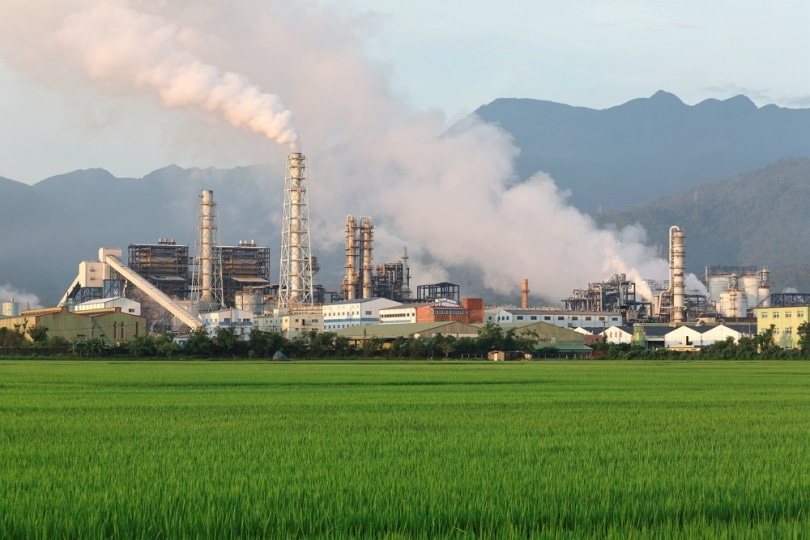
Note: This article’s statistics come from third-party sources and do not represent the opinions of this website.
Over the last decade, the global effort to reduce carbon dioxide and other greenhouse gas emissions has been successful. However, there is still room for improvement. Depending on where you sit on the debate, you may or may not think that reducing emissions is essential.
One thing we should all be able to agree on is that we only have one planet, so we should take care of it.
Click below to jump ahead:
The 9 CO2 and Greenhouse Gas Emissions Statistics
- U.S. greenhouse gas emissions were 5,222 million metric tons in 2020.
- Greenhouse gas emissions of 26% to 28% lower than 2005 levels are an economy-wide target of the U.S.
- Carbon dioxide was responsible for 79% of 2020 gas emissions in the U.S.
- Carbon dioxide emissions increased in 2021 to 4,873 metric tons.
- The United States is responsible for 24.5% of the total CO2 emissions worldwide.
- Transportation was 27% of greenhouse gas emissions in 2020.
- Agriculture was only responsible for 11% of emissions in 2020.
- From 2019 to 2020, there was an 11% decline in emission levels due to Covid 19.
- Fossil fuel combustion is responsible for 73% of greenhouse gas emissions and 92% of CO2 emissions.

 Total Emissions
Total Emissions
1. U.S. greenhouse gas emissions were 5,981 million metric tons in 2020
(EPA)
If we can say that anything good came out of the pandemic is that there was a significant decrease in the consumption of fossil fuels. So, even though over 5,000 million metric tons of emissions is still a lot, 2020 showed a 15-year low. One significant reason impacting this decrease is a steady switch from using coal to less carbon-intensive solutions, such as renewable energy and natural gas.
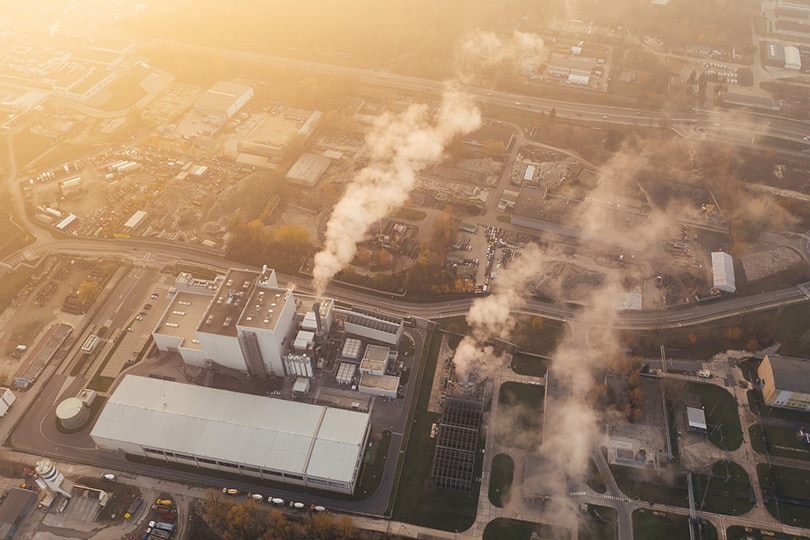
2. Greenhouse gas emissions of 26% to 28% lower than 2005 levels are an economy-wide target of the U.S.
(C2ES)
In December 2015, when the Paris Agreement was reached, 190 countries who are responsible for over 95% of all greenhouse gas emissions put forth nationally determined contributions (NDCs). These NDCs were each country’s commitment to doing their part to reduce the overall emissions.
President Barack Obama put forth an NDC that committed the United States economy to reduce its emissions by 26% to 28% compared to the all-time highs in 2005. Under Trump’s administration, the NDC was suspended with a promise to revisit the percentages.
Then, when President Biden took office, he signed an executive order only hours after being sworn in to return the States to the Paris Agreement.
3. Carbon dioxide was responsible for 79% of 2020 gas emissions in the U.S.
(EPA)
Greenhouse gas is an umbrella term used to describe several types of gas. They are called “greenhouse gasses” because they sit in the atmosphere and hold in heat. This is where the argument for global warming comes from.
Carbon dioxide, or CO2, is currently one of the primary greenhouse gas emissions we need to worry about. Following CO2, we have methane responsible for 11% of emissions. Then there are nitrous oxide and fluorinated gasses, which are 7% and 3%, respectively.
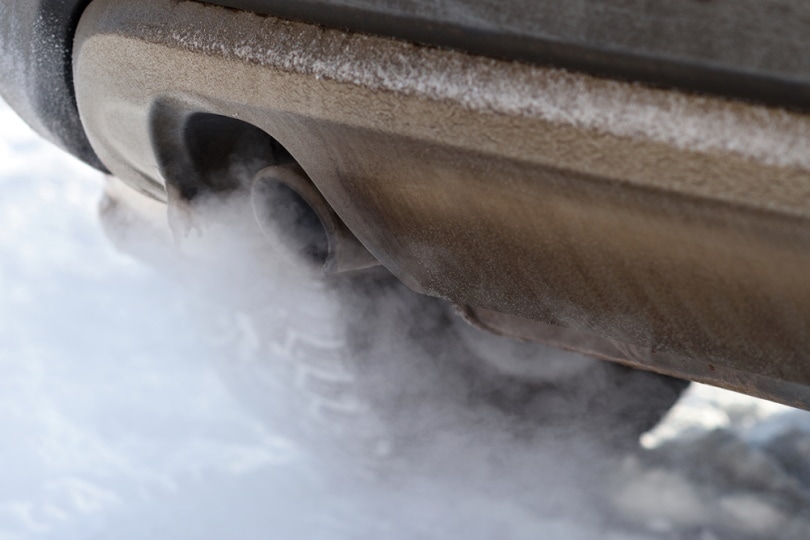
4. Carbon dioxide emissions increased in 2021 to 4,873 metric tons.
(Statista)
It’s quite interesting to see how greenhouse gas emissions have climbed over the years. So, it’s easy to see the correlation between massive industrial development and excessive emission output.
The chart published by Statista goes right back to 1975 when CO2 was sitting at 4,428 billion metric tons. Other than 5 or 6 years, these emissions grew yearly by hundreds of thousands of metric tons. However, between 2005 and 2007, massive changes started taking place, and our emissions have been steadily falling since then, except for a few years.
5. The United States is responsible for 24.5% of the total CO2 emissions worldwide.
(UCS)
Even with the State’s goal of reducing its greenhouse gas emissions by such a significant amount, they are still producing 24.5% of the world’s total emissions, according to a study published by the Union of Concerned Scientists. The closest contributor to the USA is China, which produces less than half the number of emissions at 11%.
However, if we are looking at annual contributions versus overall, the States only produce around 14%, whereas China produces 29%.
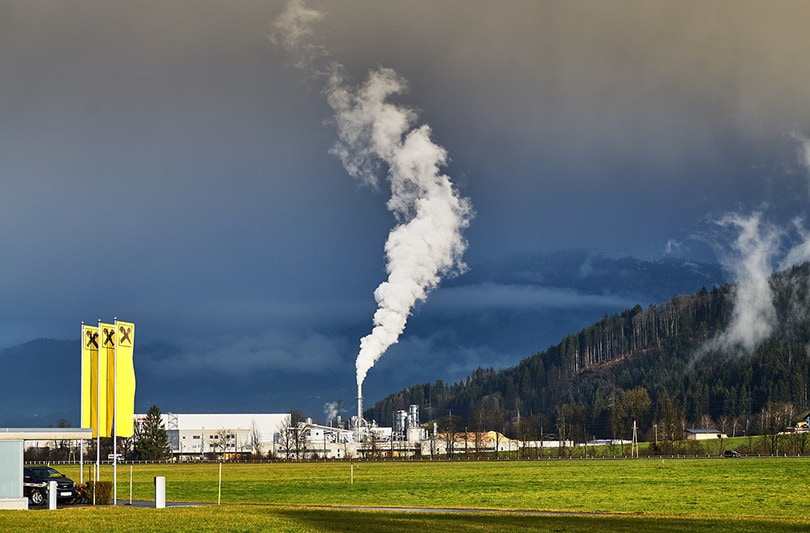
 What’s Responsible for the Emissions?
What’s Responsible for the Emissions?
6. Transportation was 27% of greenhouse gas emissions in 2020.
(EPA)
The problem with reducing greenhouse gas emissions is that no single activity or technology is responsible for all the emissions. With data collected in 2020 by the Environmental Protection Agency (EPA), we see that transportation accounted for around 27% of gas emissions.
This is primarily a result of the fossil fuels used by commuting vehicles, buses, airplanes, etc. However, electric power production is a close runner-up for the most emissions at 25% of the overall total.

7. Agriculture was only responsible for 11% of emissions in 2020.
(EPA)
In contrast to the transportation industry, agriculture was only responsible for 11% of overall emissions in 2020. Agriculture includes things like raising livestock, growing rice, and various agricultural soils. This is interesting, considering that farmers often get the most flak for producing too much greenhouse gas.
One of the reasons that emissions generally stay stable in the agricultural sectors is that many farmers are employing new management strategies. This helps reduce excess greenhouse gasses for livestock, manure, and crops.
8. From 2019 to 2020, there was an 11% decline in emission levels due to Covid 19.
(EPA)
It’s natural for emissions levels to move up and down from year to year. The important thing is that we keep the levels headed in a downward trend. Between 2019 and 2020, there was a much more drastic drop in greenhouse gas emissions.
The primary reason for this was a sharp decrease in fossil fuel usage due to the COVID-19 pandemic. Other possible reasons include changes in the local and global economy and the prices of goods and fuel.

9. Fossil fuel combustion is responsible for 73% of greenhouse gas emissions and 92% of CO2 emissions.
(EIA)
Some people argue that we should stop using fossil fuels because of the potential of running out. But a more accurate argument is the massive amount of greenhouse gasses they produce. We’ll ruin the atmosphere long before we run out of fossil fuels.
Almost three-quarters of all greenhouse gas emissions come from fossil fuels. Plus, they account for nearly 100% of all carbon dioxide emissions. Some of these emissions are not caused by humans, and there’s nothing we can do about them. However, many of them are, and it’s our responsibility to take care of the planet.
Frequently Asked Questions
Why is it important to lower our greenhouse gas emissions?
One of the most commonly discussed reasons for lowering gas emissions and minimizing our footprint is to reduce the effects of climate change. However, even something as simple as reducing the allergens and pollutants in the air is a legitimate reason too.
(NIH)
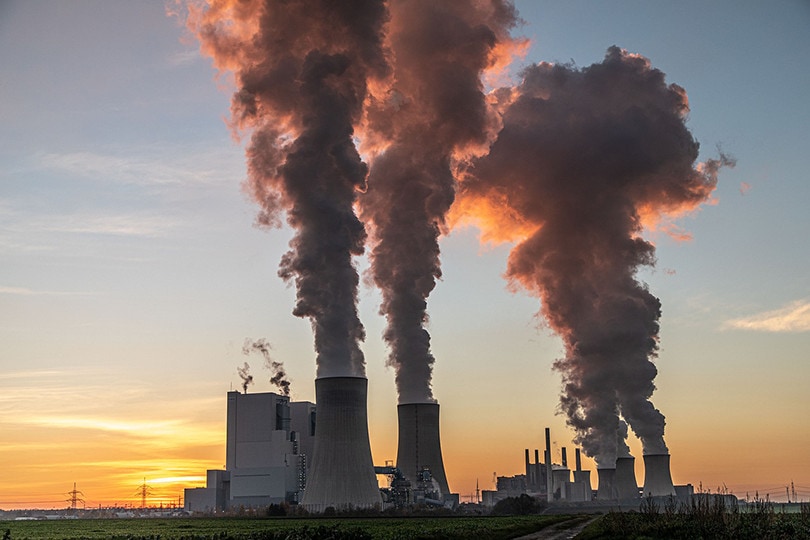
When were emissions the highest in the United States?
2007 was the peak for greenhouse gas emissions in the States. Nearly 7,500 billion metric tons of emissions hit the atmosphere that year. Fortunately, since 1990, there has only been a 1.8% rise, which accounts for the 12% decrease since 2007.
(C2ES)
What do greenhouse gases do?
A greenhouse is designed to allow the heat and energy from the sun in but keep it trapped. This way, it provides a much more hot and humid environment for plants. This is exactly the way that greenhouse gases work on Earth.
These gasses trap heat from the sun. In turn, this causes the overall average temperatures to increase around the globe. This is where the debate comes in about the effect this has. Many believe this has a ripple effect, including rising ocean temperatures and levels due to melting ice caps or unpredictable weather.
(NASA)
Conclusion
As technology progresses and people’s needs increase, the battle for lowering our greenhouse emissions is an uphill battle. However, over the last decade and a bit, we’ve managed to put a massive dent in the emissions that the States produce. If diligent, we may see the goal of net zero emissions by 2050.
Featured Image Credit By: CHEN MIN CHUN, Shutterstock
Contents

 Total Emissions
Total Emissions